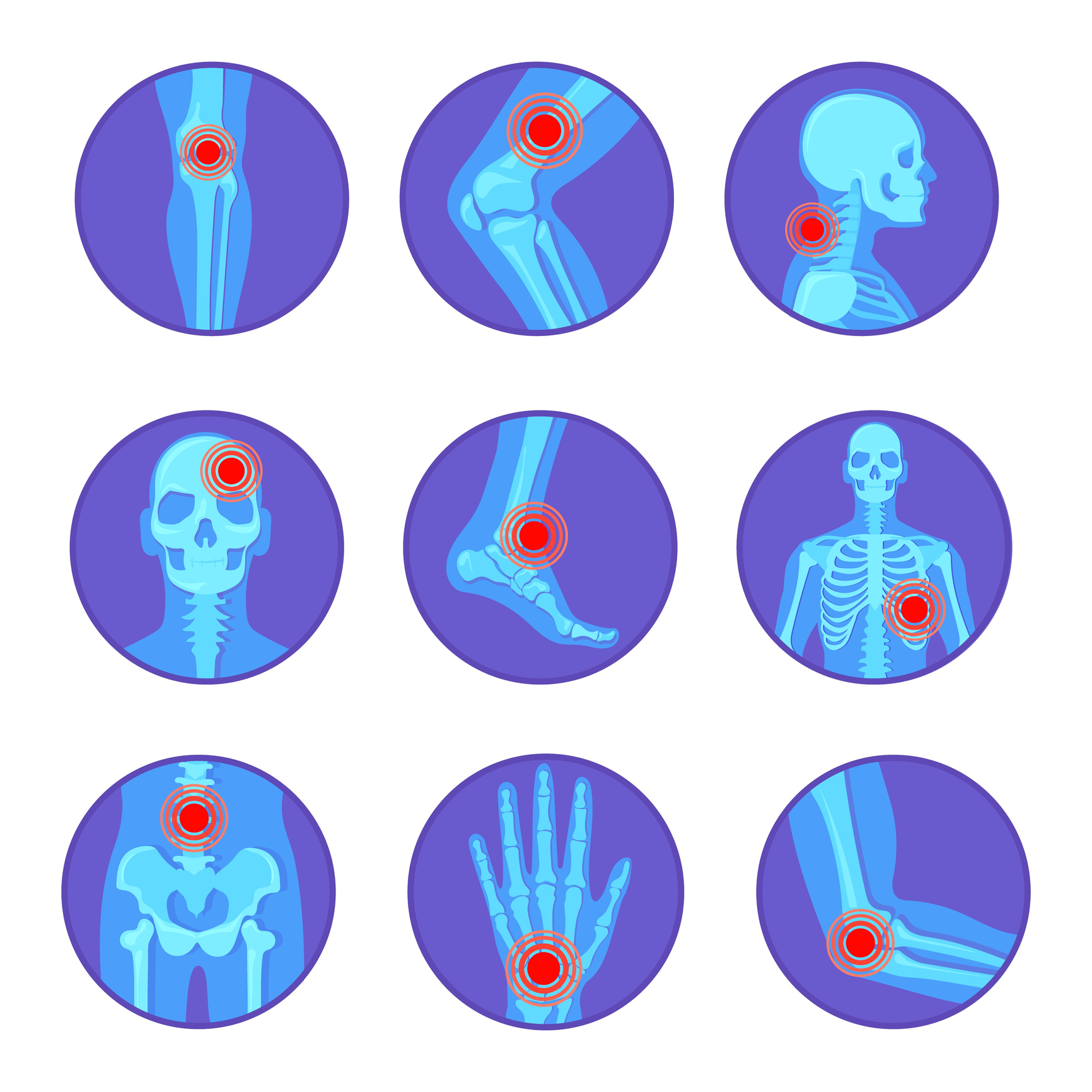Validation of novel antineutrophil cytoplasmic antibody-associated vasculitis categorization criteria in a real-life Peruvian cohort of antineutrophil cytoplasmic antibody-associated vasculitis patients. From January 1990 to December 2019, researchers looked at medical records from a Peruvian tertiary care hospital. Antineutrophil cytoplasmic antibody-associated vasculitis was identified using the 1990 American College of Rheumatology (ACR) criteria, the 2012 Chapel Hill Consensus Conference definitions, the European Medicines Agency (EMEA) algorithm, and the treating rheumatologists’ clinical acumen. The “former criteria” (the 1990 ACR criteria for granulomatosis with polyangiitis [GPA] and eosinophilic GPA [EGPA] and the 1994 Chapel Hill Consensus Conference definition for microscopic polyangiitis [MPA]), the EMEA algorithm, and the “new criteria” (the 2017 ACR/European League Against Rheumatism Provisional Criteria) were used to categorize all patients. The clinical diagnosis was used as the criteria standard to measure the level of agreement (using Cohen).
Researchers found 212 patients, 12 of whom were ruled out. 154 (77%) got MPA, 41 (20.5%) had GPA, and 5 (2.5%) had EGPA. The new criteria outperformed the EMEA approach for MPA ( κ=0.713) and EGPA ( κ=0.659), but not for GPA ( κ=0.938). In terms of total population agreement, the new criteria (κ =0.653) outperformed the EMEA algorithm (κ=0.506) and the previous criteria ( κ=0.305).
The 2017 ACR/European League Against Rheumatism Provisional Criteria showed higher overall agreement for clinical diagnosis of all patients, with the greatest result for MPA and EGPA. For GPA, the EMEA algorithm performed best.
Reference:journals.lww.com/jclinrheum/Abstract/2022/03000/Performance_of_the_2017_American_College_of.23.aspx


